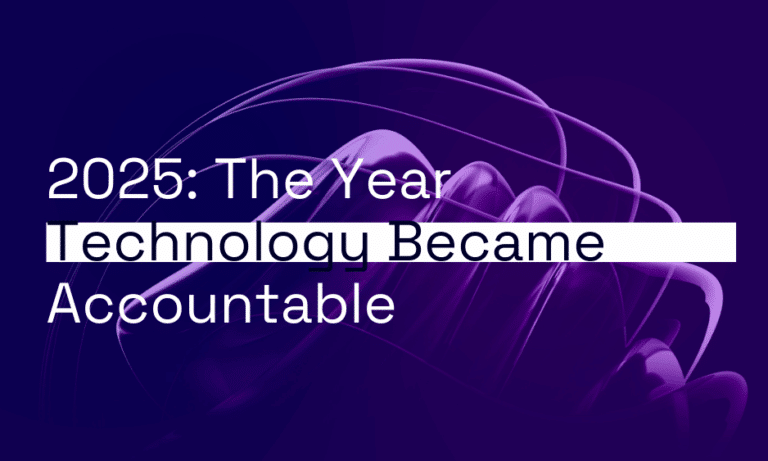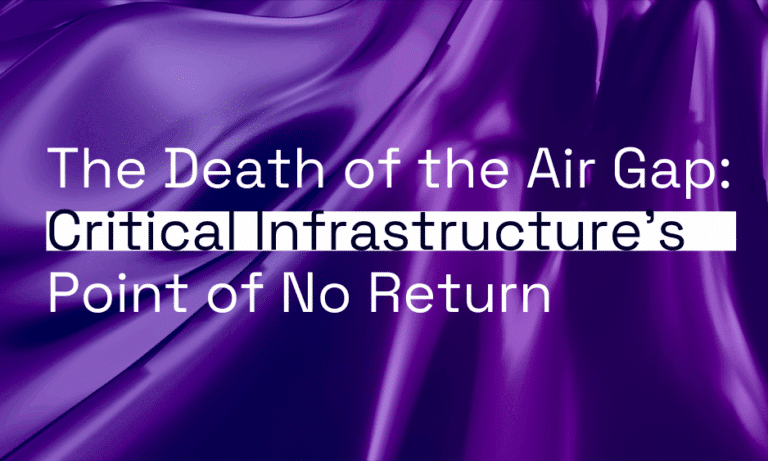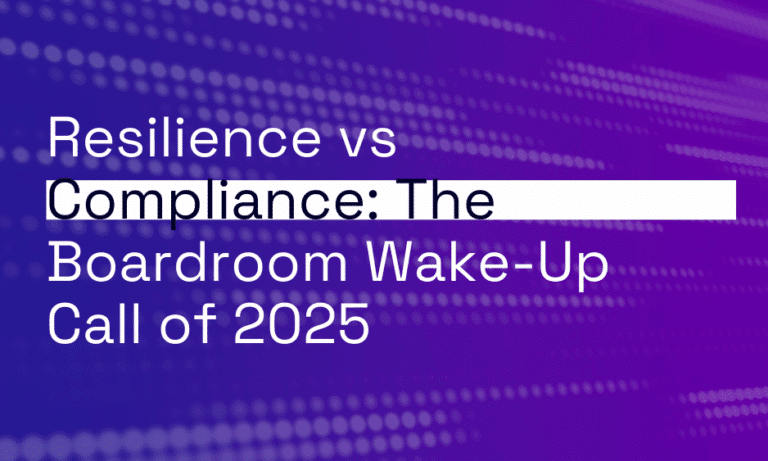The last two years have reinforced the notion that connectivity is a public good. High capacity networks played a crucial role in the country’s response to the pandemic — enabling remote working, learning and health care.
The amount of capacity provided on the NBN alone grew by 40% in the first year of the pandemic[1], and is expected to increase by an additional 25% in a post-pandemic world. Similarly, 5G coverage continued to surge and tens of thousands of companies sought to modernise their networks as this seismic shift played out.
However, there’s still more work to do to create a truly connected country — a place where every household and organisation, whether they’re in a metro or regional area, has equal access to high-speed internet. As the world continues to change around us, we need to accelerate innovation towards dependable, accessible connectivity for all of Australia.
The ultimate connectivity test
A decade in the making, the National Broadband Network’s (nbn) purpose was to elevate Australia’s digital capability by rolling out fibre nationwide and acting as a broadband wholesaler. This was to ensure every household and organisation had access to fast broadband at affordable prices. But in 2020, as the pandemic began to unfold, the nbn was put to the ultimate test.
Would it be able to handle the sharp increase in demand and usage? From March to May 2020 alone, when pandemic restrictions were in effect, the nbn recorded 430,000 new customers and a 70% surge in traffic during work hours. Despite the unprecedented changes in demand and usage, the network performed well overall. In August 2020, Australia was recognised as one of only a handful of countries to increase its speed throughout the month (by 5.3%).
As with any major technology rollout, the nbn has faced some challenges, like maintaining the highest speeds at all times. However, the rollout and adoption of nbn opened up new options for connectivity, including SD-WAN services — which increase the speed and reliability of nbn for customers.
By implementing SD-WAN along with nbn, organisations of all sizes can get greater flexibility and choice when it comes to their broadband suppliers. SD-WAN’s ability to use consumer- or business-grade broadband services from multiple carriers, taking advantage of the nbn, makes it a more cost-effective and resilient option than relying on dedicated Multi-Protocol Label Switching links from the largest carriers.
When networks are designed for redundancy, and leverage an agnostic approach to the procurement of nbn, carrier fibre, satellite, wireless and 4G/5G services, households and organisations can expect maximum uptime and service level adherence at a lower cost — even in the farthest regions of Australia.
Building digital resilience, from the metro to the regions
For a long time, the benefits and opportunities of high-speed internet were not evenly distributed across Australia. Many regional, rural and remote areas had very poor internet connections, with relatively small download allowances, at a higher cost and at a slower speed than the services available in metro areas. This meant organisations in these areas didn’t have the ability to use digital services, such as video conferencing.
However, the last few years have shown how nbn and SD-WAN solutions can break the barrier of distance, and bridge the digital divide between well-connected metro areas and towns at the outskirts of Australia.
In fact, the rise of nbn and SD-WAN couldn’t be timelier for Australia Post. The postal service acts as a vital community hub in regional towns — where residents can conduct banking, pay bills and buy products. As network downtime can leave these communities stranded, Australia Post sought to improve broadband speed and reliability across more than 4000 sites nationwide, with the help of Orro, a platform-enabled secure network and digital infrastructure provider.
Thanks to the nbn and SD-WAN, it became possible to run multi-fibre links to Australia Post’s larger sites to provide redundancy, while relying on fibre and 4G wireless backup at the smaller sites. The massive network overhaul, completed in 2021, has already reduced outages by 70 per cent compared to five years ago.
Network transformations at scale demand a new approach to network security
For any organisation, a transformation of this scale would demand a new approach to network security.
Changes to our work styles and environments have intensified the need to have a robust networking and network security solution. In a work environment with no physical perimeters, and with cybersecurity threats on the rise targeting remote workers, previous approaches to network security just don’t cut it.
That’s why we’re seeing a shift from organisations using multiple security solutions towards a unified, identity-driven cloud service — called Secure Access Service Edge (SASE) — to support workforce flexibility, digital transformation and edge computing.
Coined by research firm Gartner, SASE converges VPN and SD-WAN capabilities into a single service to ensure employees, customers, partners and suppliers can securely access critical apps from anywhere.
Instead of relying on a data centre, SASE delivers this service directly to the source of the connection, like end-user mobile devices. This is especially vital now that many workforces are dispersed and employees are using both personal and company-owned devices for work.
The important thing to remember is that, no matter what an organisation’s tech stack looks like, security can never be ‘set and go’. As networks continuously evolve, so must our approach to security.
Intelligent networks to keep Australia connected, always
From today’s view, the network of the future is looking like it’ll be zero touch, software defined, threat aware, self-repairing and low carbon.
AI is one of many innovations that will help achieve this vision of a highly intelligent network. While AI’s power to transform every aspect of connectivity doesn’t get as much airtime as its use cases in entertainment, health care, finance, and education, the benefits of AI-powered connectivity will be felt across all industries.
Over the next decade, AI will be embedded into all layers of network architecture, with the ability to sense specific requirements of organisations and evolve autonomously. Essentially, AI will be able to manage a lot of the noise in the background, like security alerts and system issues, repairing networks without human intervention where possible. It will also help NetOps teams identify the right challenges to focus on by turning massive volumes of network data into actionable insights.
Decentralised network architectures are also a growing topic of discussion, especially as we transition to Web 3.0. At 53 years of age, the internet has largely been built on top of centralised networks, so legacy systems usually involve some form of centralised configuration.
In a fully autonomous digital ecosystem, broadband networks could look very different. There are already companies overseas exploring using tokenisation to trade bandwidth on wireless mesh networks, with the potential for similar models to proliferate globally over the coming years.
At the current pace of innovation, there’s plenty of scope to reimagine communications networks. But it needs to be a nationwide team effort. All players in the industry need to collaboratively explore new technology directions to make the vision for a truly connected Australia a reality.
by Rodd Cunico – CEO, Orro
Originally published in Technology Decisions 7 Apr 2022
Get In Touch With Orro Today
"*" indicates required fields









